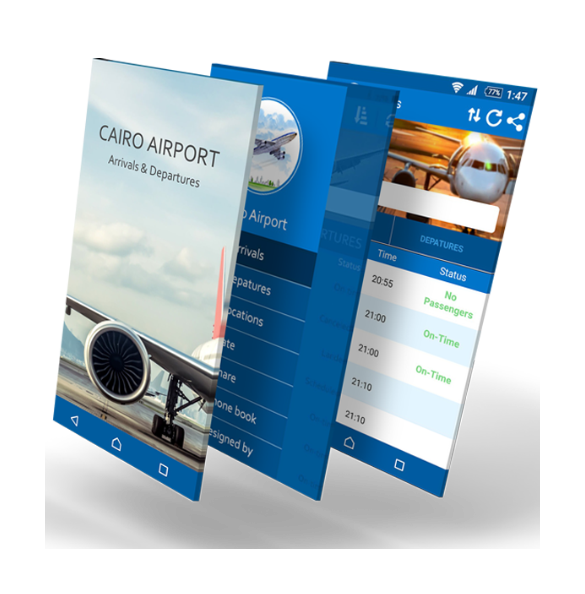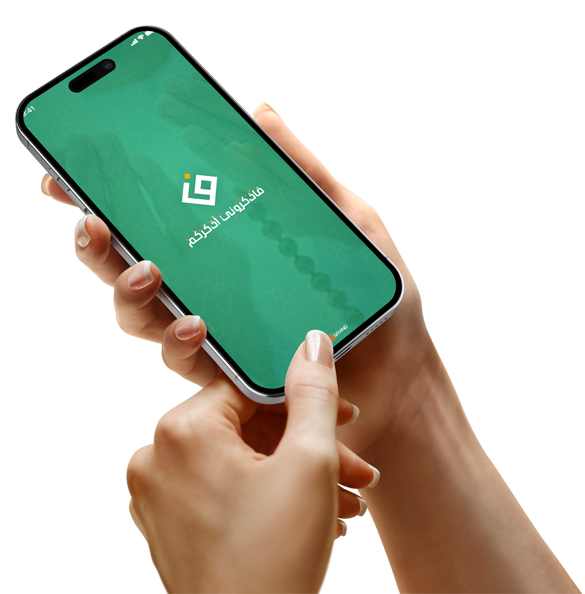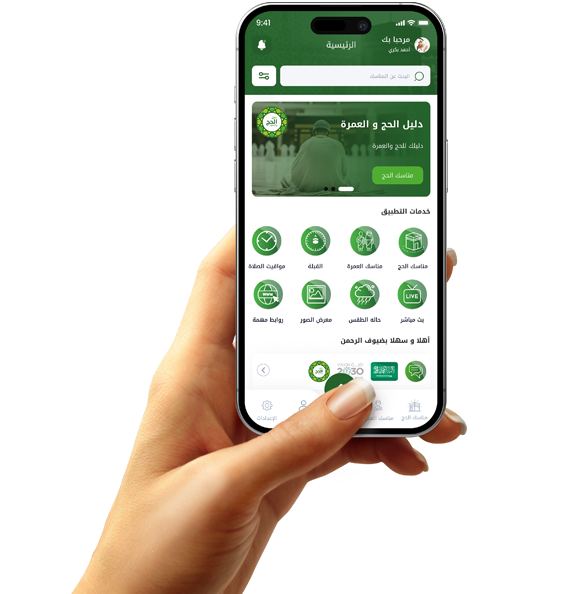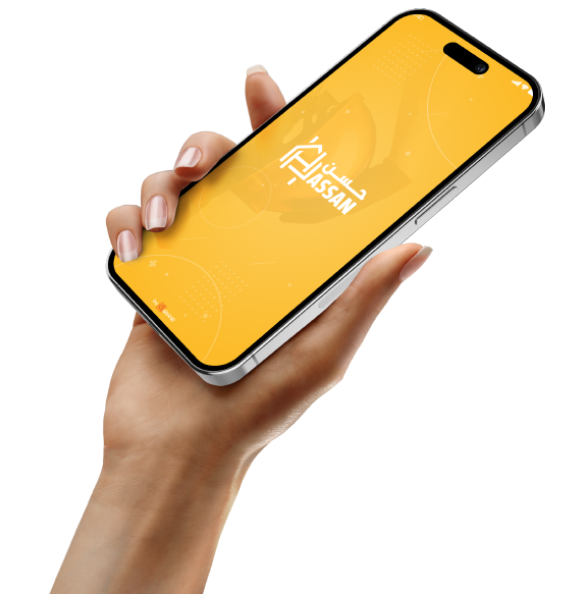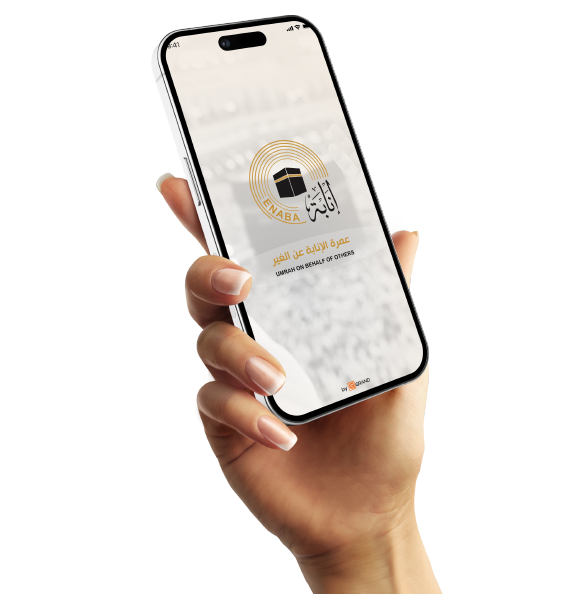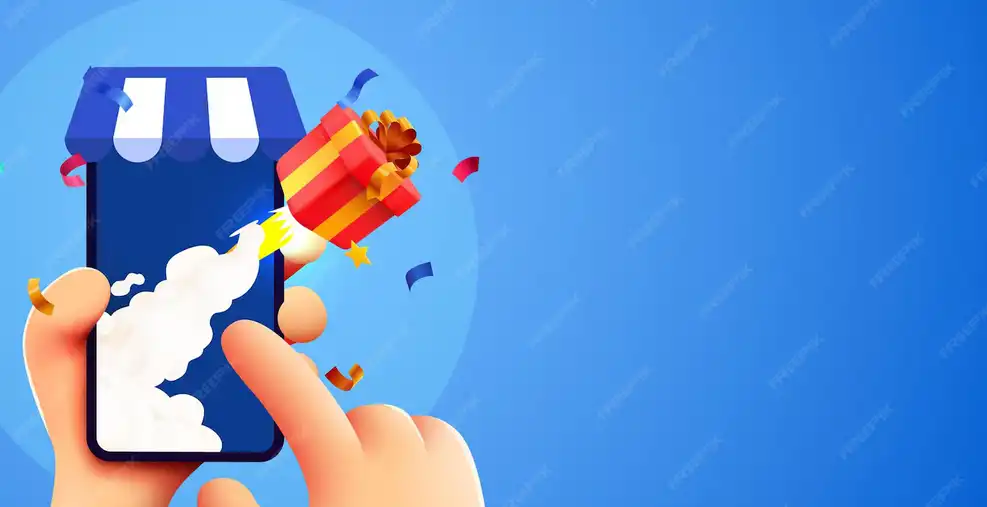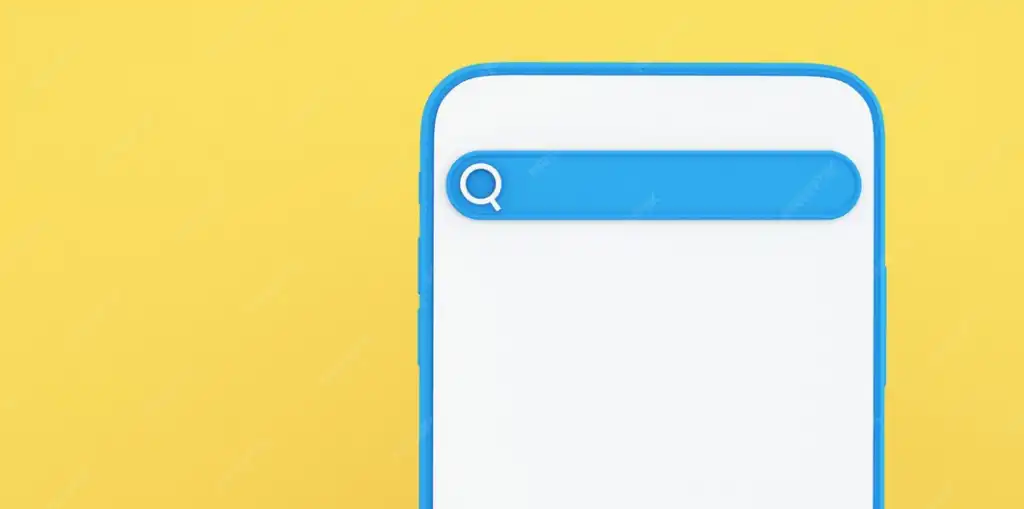How to Build an App to Track Invoices and Payments Automatically
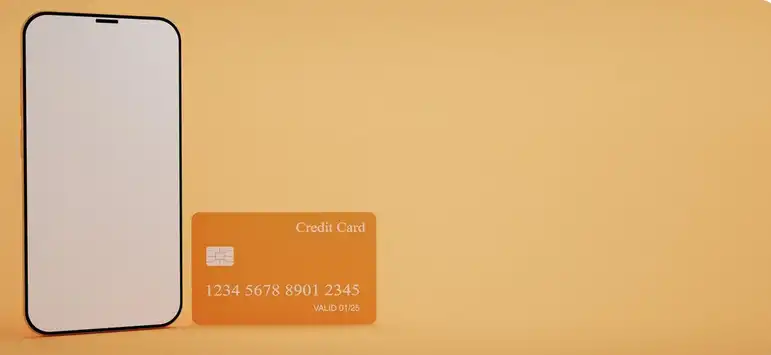
How to Start Defining the App's Core Functionality
The first step in building an app is to define the core functions the user needs.
Do you want the app to track only electricity bills? Or should it include water, internet, loans, subscriptions, and more?
The app should be able to receive bills from multiple sources in different ways: via automatic linking or manual upload.
It should also support bill classification by type, date, and payment frequency.
Adding a reminder system is essential, with the ability to customize alerts to suit the user's preferences.
Don't forget to add automatic notifications when a payment is due.
All of these functions ensure your experience is comprehensive and convenient.
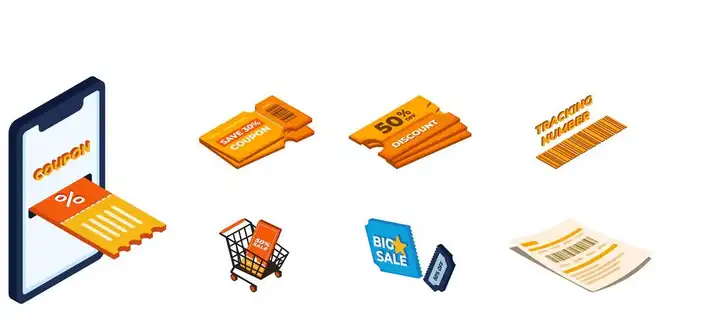
Designing an Invoice-Friendly Interface
The user interface is a crucial component of invoice tracking apps.
Users don't want complexity, but rather a smooth, organized experience.
Divide the home screen into clear sections: upcoming, paid, and overdue invoices.
Use distinct visual icons for each invoice type to make them easy to identify quickly.
Providing a search bar and categories will make it easier for users to review their financial history.
Also, display a monthly summary showing total payments, remaining invoices, and average monthly spending.
The clearer the interface, the more frequently the app will be used daily, achieving its purpose.
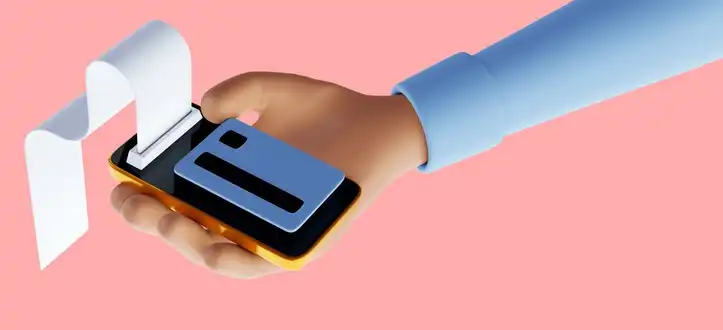
Build a Smart and Flexible Reminder System
A good app doesn't just display bills; it also reminds you of them at the right time.
Create a smart reminder system that lets the user choose the type of alert: phone notification, SMS, or email.
Let the user set the timing: one day before the due date, three days before, or a week before.
Some users prefer more than one alert, so add the ability to repeat the reminder until payment is received.
You can also offer a one-click "snooze" feature to fit the user's schedule.
Make the alerts customizable based on the type and importance of the bill.
The more flexible and clear the alerts are, the more effective the app will be in organizing the user's financial life.
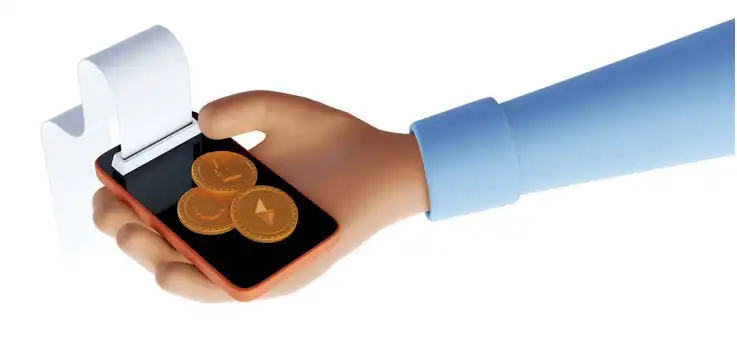
Incorporating a direct bill payment system
One of the most prominent features that can be added is the ability to pay bills directly from within the app.
It can be integrated with electronic payment services such as Visa and MasterCard, or local digital wallets.
This facilitates the payment process, saves time, and increases the user's likelihood of adhering to deadlines.
Ensure that the payment process is secure and conducted using advanced security protocols such as SSL.
The user can also save their data for future automatic payment if desired.
Paying from the app reduces many steps and makes the experience smoother and more efficient.



